|
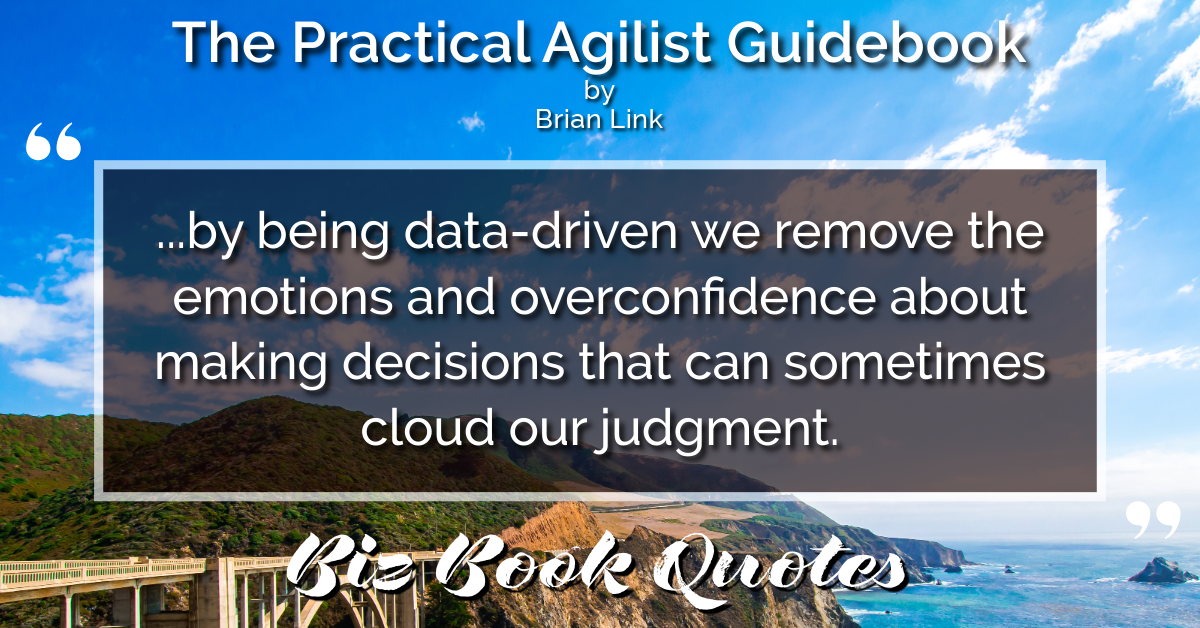
|
The Practical Agilist Guidebook:
…by being data-driven we remove the emotions and overconfidence about making decisions that can sometimes cloud our judgment.
|
159 |
|

|
The Practical Agilist Guidebook:
Having just a handful of rich, face to face conversations can be more useful and produce more insights than a survey of hundreds of people.
|
172 |
|

|
The Practical Agilist Guidebook:
Every interaction with a customer is an opportunity to gather crucial information about your product, possibly saving you time and money, improving your chance of building a better product to suit their needs.
|
179 |
|
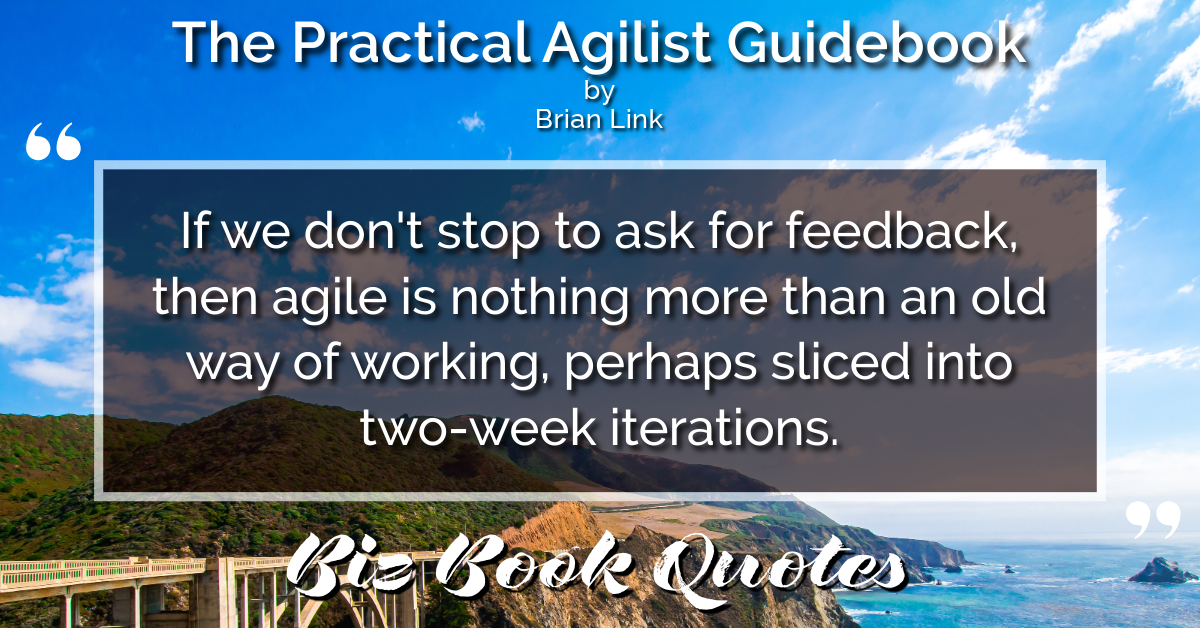
|
The Practical Agilist Guidebook:
If we don’t stop to ask for feedback, then agile is nothing more than an old way of working, perhaps sliced into two-week iterations.
|
187 |
|
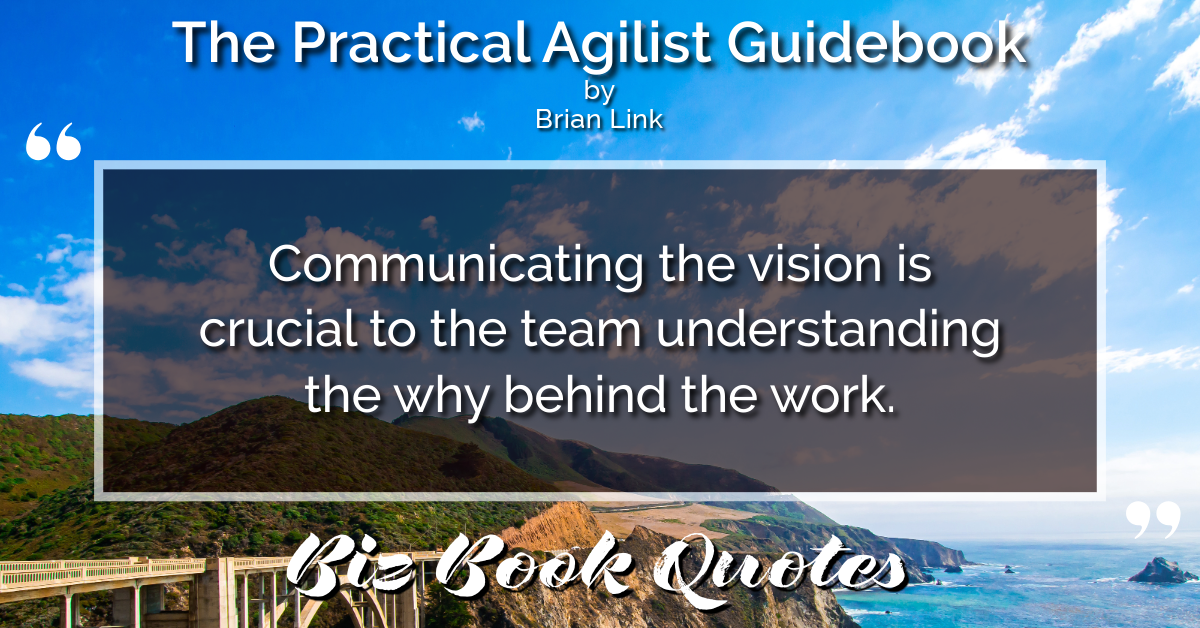
|
The Practical Agilist Guidebook:
Communicating the vision is crucial to the team understanding the why behind the work.
|
197 |
|

|
The Practical Agilist Guidebook:
An agile team should have all the skills on the team to own the entire end-to-end value creation process from ideation through customer delivery and support.
|
202 |
|

|
The Practical Agilist Guidebook:
Unwinding dependencies is unfortunately one of the biggest downfalls of most agile transformations.
|
203 |
|
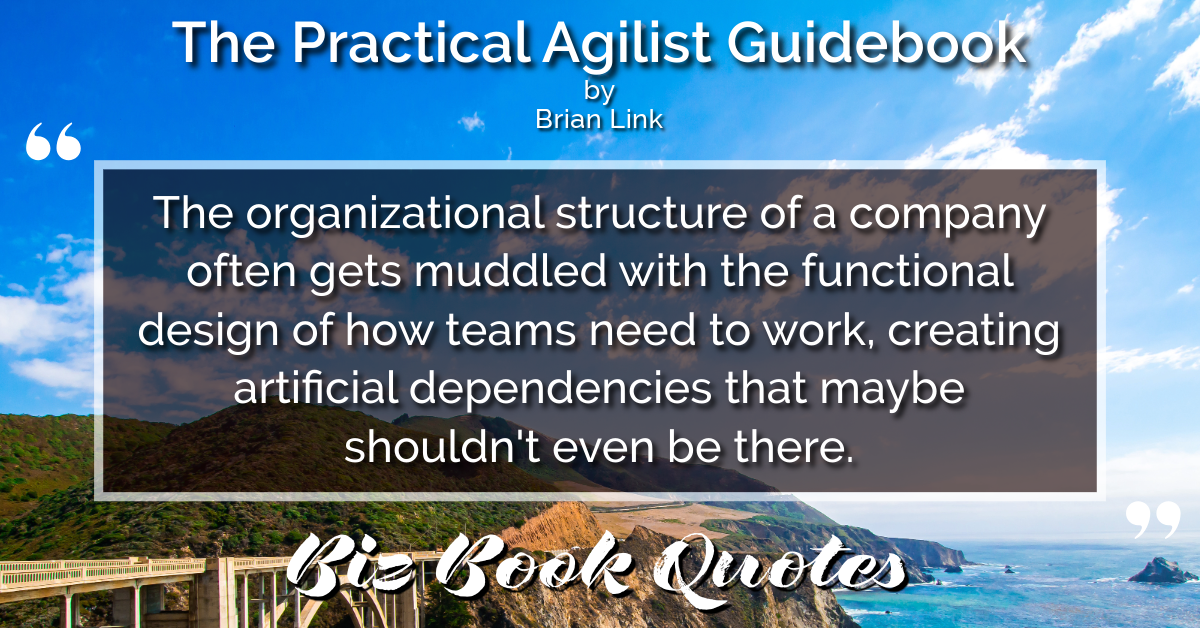
|
The Practical Agilist Guidebook:
The organizational structure of a company often gets muddled with the functional design of how teams need to work, creating artificial dependencies that maybe shouldn’t even be there.
|
203 |
|
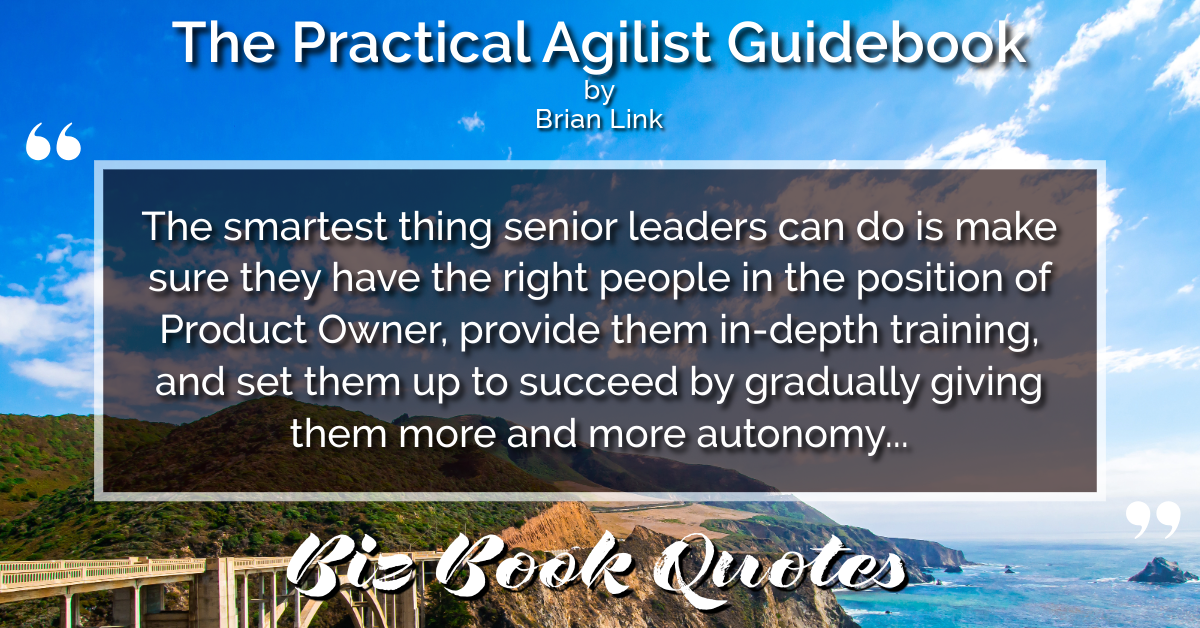
|
The Practical Agilist Guidebook:
The smartest thing senior leaders can do is make sure they have the right people in the position of Product Owner, provide them in-depth training, and set them up to succeed by gradually giving them more and more autonomy…
|
212 |
|

|
The Practical Agilist Guidebook:
People do better work when they understand why they are doing the things they are doing.
|
215 |











